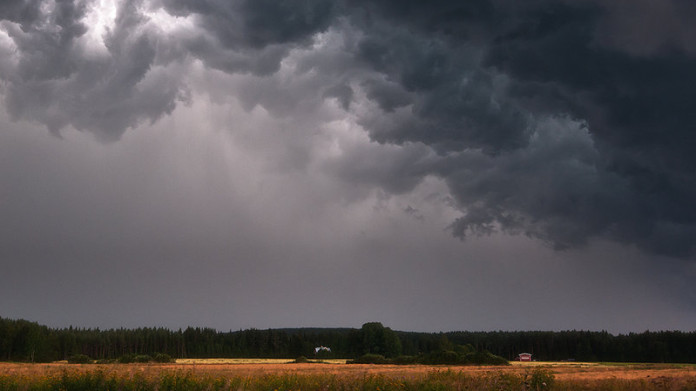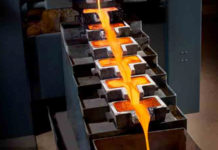
SOUTH African gold shares were lifted as investors sold rands, but the currency sell-down was a consequence of a tumultuous overnight cabinet reshuffle in which the country’s President Jacob Zuma rewarded cronyism and incompetence.
Finance minister Pravin Gordhan was fired and replaced by home affairs minister, Malusi Gigaba – a key change among a host of other ministerial switches that will usher a period of make-or-break politics for democratic order in South Africa.
In the short-term, however, a fall in the rand to R13.38 – a 6.5% weakening over the last seven days – brought relief to gold miners who subsequently saw the rand gold price improve to about R533,500/kg this morning from about R510,000/kg earlier in the month.
Shares in AngloGold Ashanti, Gold Fields and Harmony Gold gained 4.13%, 4.5% and 5.75% respectively by midday whilst Sibanye Gold was 3.5% higher and DRDGold 4.8% stronger. The shares had largely registered the same gains after lunch bar Harmony Gold which was over 8% higher owing to its higher leverage to the rand gold price.
AngloGold, Harmony and DRDGold reported all-in sustaining costs (AISC) of above R510,000/kg in their last reporting periods which many shafts operated by the companies loss-making. Sibanye Gold said it was considering cutting jobs at some of its marginal shafts while AngloGold has already announced restructuring.
According to Investec Securities South African mining shares may have more to travel in any event owing to its view that they were still fundamentally undervalued, regardless of the politics of the day.
“While the market has focused on share price performances through 2016, with Anglo up 400%, Glencore up 300% and Rio and BHP up 90%, this price recovery came off a deep bear-market low and current market valuations are still not trading in line with the valuations of around two years ago,” said Andrew Snowdowne, an Investec analyst.
He argued that these companies – to which gold firms could also be included – were also in better fettle having deleveraged their balance sheets. Fundamental marco0economic factors were also more supportive, he said.
However, there’s no escaping the dire consequences of Zuma’s reshuffle the key element of which is a change of leadership at the National Treasury which Gigaba – barely qualified for the job – will assume. Mining industry watchers fear the recent events at the Department of Mineral Resources (DMR) may repeat themselves in the treasury.
Among the least surprising news of Zuma’s reshuffle last night – unveiled around midnight – was that mines minister Mosebenzi Zwane kept his job while the man he replaced about two years ago, Ngoako Ramalthodi, lost his as minister of Public Service and Administration.
Since Zwane took the reins of the DMR, there has been changes in the director-general while a host of other skills fled to other parts of government, to be replaced by people familiar to Zwane from his time in provincial government in the Free State province.
“The events of the past few days have placed South Africa on a knife’s edge and are likely to be negative for our credit rating,” said the Chamber of Mines in a statement.
“Instability serves only further to exacerbate the negative impact on the markets and fuel speculation which is damaging to our country’s reputation as an investment destination,” it added.
Roger Baxter, CEO of the Chamber of Mines, said in a telephonic interview with Miningmx that changing the finance minister, especially one as well respected as Gordhan at a time when the country’s credit rating was in the balance was “highly inappropriate”.
“It really is a time for leadership and President Zuma needs to think about the position of finance minister and reconsider it. This is an issue that is so important for the country,” Baxter said. As South Africa’s deputy president Cyril Ramaphosa said: it is unacceptable. It may well be an inflexion point,” he said.
In its statement earlier today, the CEO Initiative commented: “If investors lose faith and trust in our economy, all citizens – not just big business – pay the price for this, in the form of higher inflation, decreased buying power as well as decimated savings, pensions and investments”.
“A lack of investment also means that growth – and much-needed job-creation – will be stifled,” it added.











